Six Things That Should Be In Every Camera Bag
It’s the age old battle between weight and convenience. As you progress in photography it’s inevitable that you’ll start collecting more gear and more of it will end up finding its way into your camera bag. One day you’ll lift that bag and it will feel like someone stashed a lead brick in the bottom.
At a certain point you’ll have to make a decision about what to keep and what stays behind. That decision came to me when I bought a city bike and was forced to make decisions based on weight. I had to trim my gear to a bare minimum, so I laid it all out and made the painful choices. Here’s what I had left, which I consider essential items in every camera bag.
1. A Fixed Focal Length Manual Lens
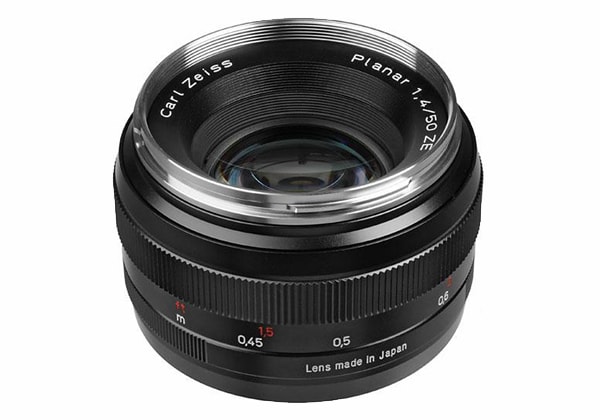
This manual Zeiss lens is available on B&H Photo
Modern lenses are a marvel of sophisticated technology. High speed micro focusing motors, advanced lens coatings and precision engineering produce glass that is truly amazing. But all that technology also means they’re subject to failure. Many newer lenses don’t even have aperture rings, so if you lose the communication between the camera and lens, you’re stuck.
Consequently my spare lens is all manual with its own aperture ring. If the shutter still works on the camera, I know I can always fall back on my spare manual lens if something happens to my zoom. It may be old school to focus yourself and manually set the aperture but those of us growing up during the film era did that all the time. It just takes a little practice.
2. A Rain Cover
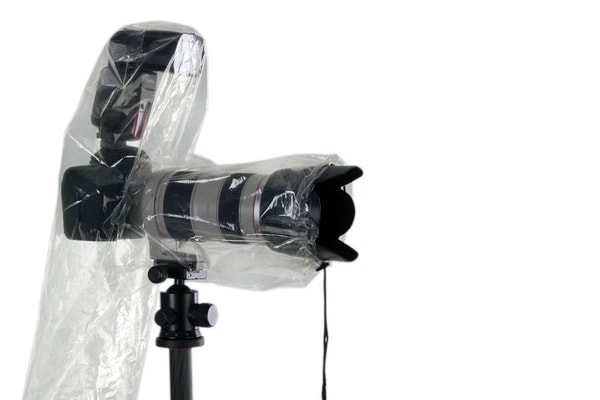
This rain cover is available at B&H Photo
I carry two types: One that fits just the camera and another that covers the camera and external flash. These are the el cheapo plastic sleeves and they line the bottom of my camera bag. Around here you not only have to worry about sudden cloudbursts but many of the locations I shoot are subject to salt spray and blowing sand.
I’ve use my rain sleeve anywhere there’s dust, dirt, water or mud. At less than $10 USD they’re cheap insurance and disposable if you accidentally tear one.
3. A Sealed Cleaning Cloth
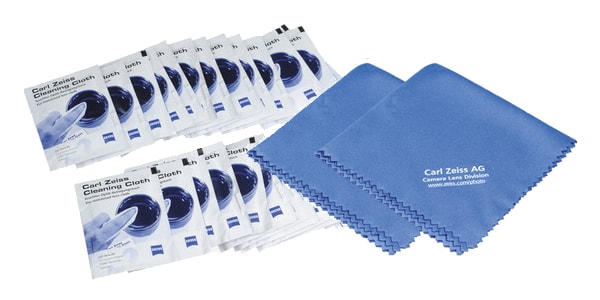
This cleaning cloths kit is available via B&H Photo
Carrying an unprotected cleaning cloth around in your camera bag is a big mistake. They’re made to attract dust and dirt which, coincidentally, usually ends up collecting in the same place your cleaning cloth ends up. If you have to shake the dirt out of a cleaning cloth, you shouldn’t be using it on your camera gear!
Get the micro-fibre cleaning cloths that are sealed in individual packages. When you use one, throw it away. Yes, they’re a little expensive to just toss but so are cameras and lenses.
4. A Spare Data Card
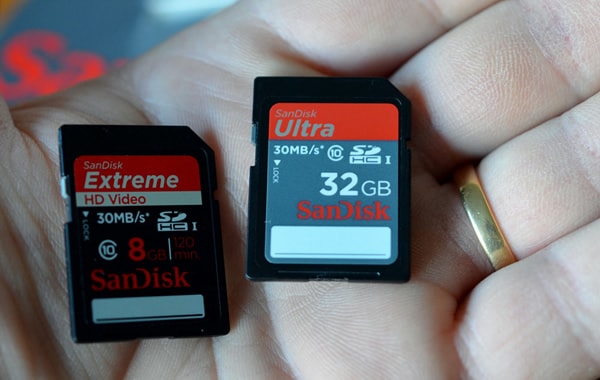
Photo by Simon Yeo
The most likely point of failure on your camera has little to do with the camera itself, it’s your data card. I’ve had good ones and cheap ones alike fail and I carry at least two spares taped to my camera strap. If you use a hand grip instead of a neck strap, then make sure you have at least one spare data card in a sealed container with you at all times.
5. A Spare Battery
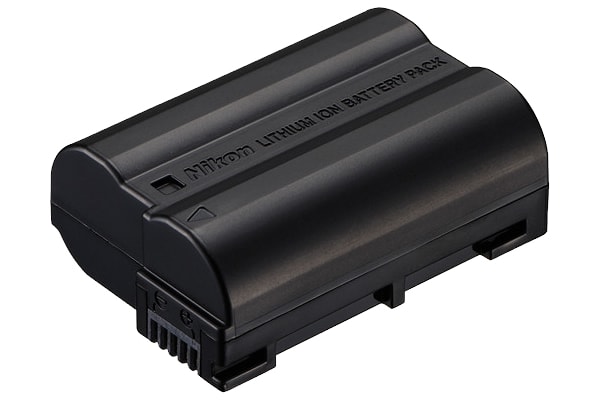
Spare batteries are available at B&H Photo
The second most likely single point of failure on your camera is the battery. Your camera can accidentally get switched on in the bag, it’s easy to forget to check and sometimes they just get old and die. Leaving without a spare battery is a no go for me.
6. A Variable ND Filter and Circular Polarizer
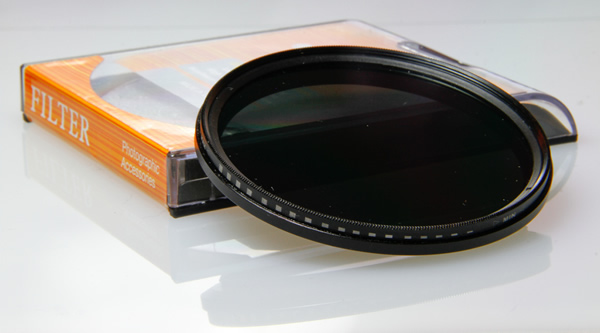
Photo by pulaw
Unless you want to shoot at f/22 all day, you’ll want to carry both a variable ND filter and circular polarizer for both your lenses.
For shooting outdoors in daylight, I leave my CP on all the time. It tends to darken the sky and softens the highlights from reflections. Besides that I just like the colors better, I’m all about the saturation.
Those are the items that make my bare minimum daylight shooting list. If I was going to add anything else it would be an external flash and a spare pack of batteries. I use external flash a lot, even outdoors in broad daylight. After that would be a monopod or lightweight tripod and, if it’s a paying job, a spare camera body.
